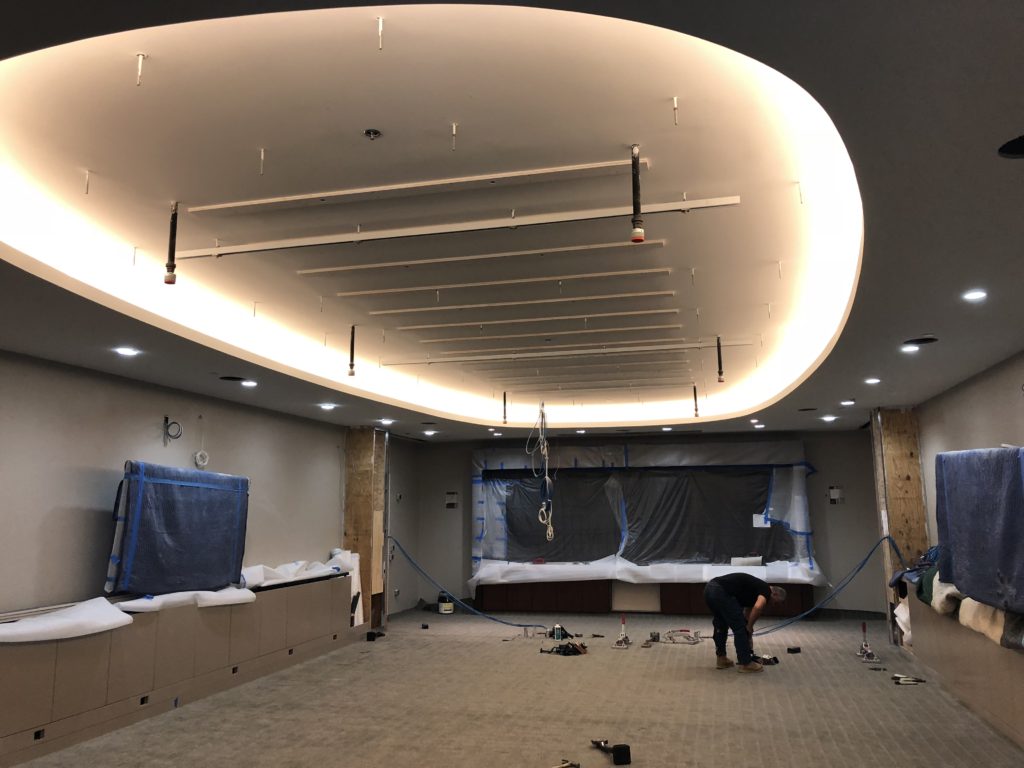We’ve all heard about the effect blue light can have on our circadian rhythms. It can suppress the release of melatonin, which can delay sleep and reduce sleep quality with possible long-term health consequences. Circadian disruption has been associated with depression and increased risk of diseases such as diabetes, obesity and cancer.
Back in 2016 the AMA released a report recommending night-time outdoor lighting have a color temperature no higher than 3000 K to limit night-time exposure to blue light. That report was quickly criticized by the Lighting Research Center and the IES, among others, as I noted here and here. One of the key criticisms was that correlated color temperature is a poor measure of spectral content and says nothing about the amount of energy in the wavelength range that affects our circadian rhythms. A better measurement is melanopic content, which isn’t discussed in the report.
Last year Apple unveiled a feature in their OS and iOS called Night Shift. When enabled it causes the color of the display to become warmer in the evening. The assumption, the same as the AMA’s, is that warmer light has less blue so it won’t impact melatonin production.
A recently published paper in Lighting Research & Technology looked at the effectiveness of Night Shift. This preliminary study suggests that “changing the spectral composition of self-luminous displays without changing their brightness settings may be insufficient for preventing impacts on melatonin suppression.” Even when Night Shift was used, the devices still suppressed melatonin production. The authors noted that, “it is not known how this amount of suppression induces circadian disruption, delays sleep or affects health. Larger, more comprehensive epidemiological studies should investigate how the long-term use of these self-luminous displays affects people, especially adolescents and children.”
While additional studies are clearly needed, it provides additional evidence that lower CCT alone is probably not enough. With our display devices we should also lower the brightness.


